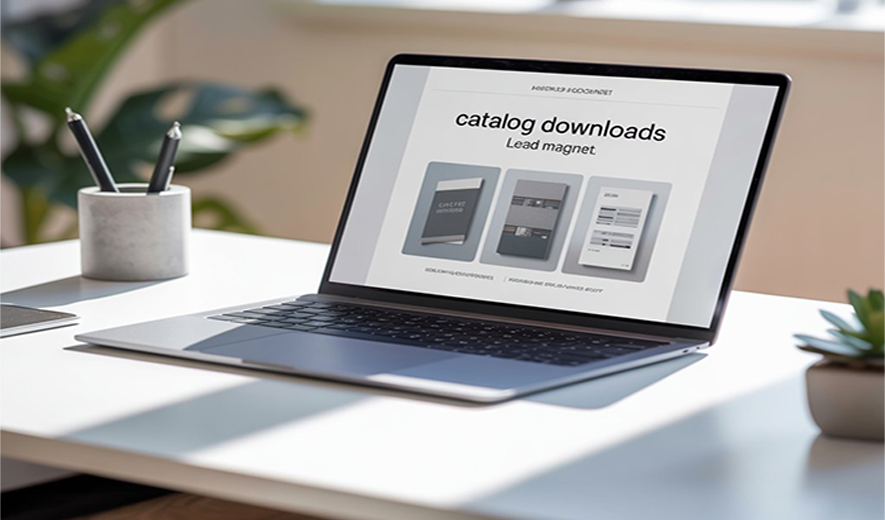
Blockchain & Finance: Use Cases in Auditing / Accounting
Blockchain offers significant use cases in accounting and auditing by providing an immutable, transparent, and distributed ledger for recording financial transactions. It enables continuous auditing, automates processes through smart contracts, and improves financial reporting and security. The technology can transition the traditional double-entry bookkeeping system to a "triple-entry" system, with a cryptographically sealed third entry on the blockchain.
Immutable and transparent record-keeping
- Enhanced trust and reduced fraud: By creating an unchangeable and transparent record of financial transactions, blockchain makes it difficult for fraudulent activity to be hidden. This promotes trust among investors, regulators, and other stakeholders.
- Streamlined reconciliation: With a shared, distributed ledger, all authorized parties have access to a single, consistent source of financial data in real time. This removes the need for manual reconciliation between different ledgers, saving time and reducing error.
- Automated transactions via smart contracts: Self-executing smart contracts can automatically trigger actions like payments when pre-defined conditions are met. This automates tasks like supplier payments and payroll, reducing manual intervention.
- Tokenization of assets: Blockchain can tokenize tangible and intangible assets, like real estate or intellectual property, into digital tokens. This simplifies asset ownership management, increases liquidity, and allows for fractional ownership.
Financial reporting and compliance
- Real-time financial reporting: With all transactions recorded and verified instantly on the blockchain, financial statements can be generated in real-time. This enables faster decision-making for businesses and provides more up-to-date information for stakeholders.
- Simplified compliance: The transparent and immutable audit trail makes it easier for companies to comply with regulations, as regulators have a clear, verifiable record of all transactions.
Continuous auditing
- Moving from periodic to continuous audits: Instead of relying on sample-based, historical data, auditors can gain real-time access to a company's financial data on the blockchain. This enables continuous monitoring and flagging of anomalies, shifting the audit paradigm from post-event verification to proactive, continuous oversight.
- Reduced manual work and costs: The secure and immutable nature of blockchain records means that auditors can spend less time on manual data verification and reconciliation. This frees up time and resources, potentially reducing overall audit costs.
Verifiable and secure evidence
- Enhanced audit evidence: Blockchain provides a tamper-proof and cryptographically sealed record of transactions, offering auditors higher credibility of audit evidence. This strengthens the overall assurance process.
- Full data verification: With blockchain, it is theoretically possible to audit every single transaction, providing full data coverage rather than relying on sampling. This drastically reduces sampling risk and improves audit quality.
Advanced audit tools
- Big Four examples: Major accounting firms are developing specialized blockchain audit tools. For instance, Deloitte created "ChainFinance" for private blockchain audits in the financial sector, and EY developed "EY Blockchain Analyzer" for auditing smart contracts and cryptocurrencies. These tools often integrate AI to identify fraudulent patterns.
- Addressing privacy with zero-knowledge proofs: To solve the conflict between blockchain's inherent transparency and the need for client confidentiality, tools like those developed by EY use zero-knowledge proofs (ZKP). This technology allows a company to prove that a transaction is compliant without revealing sensitive details.
